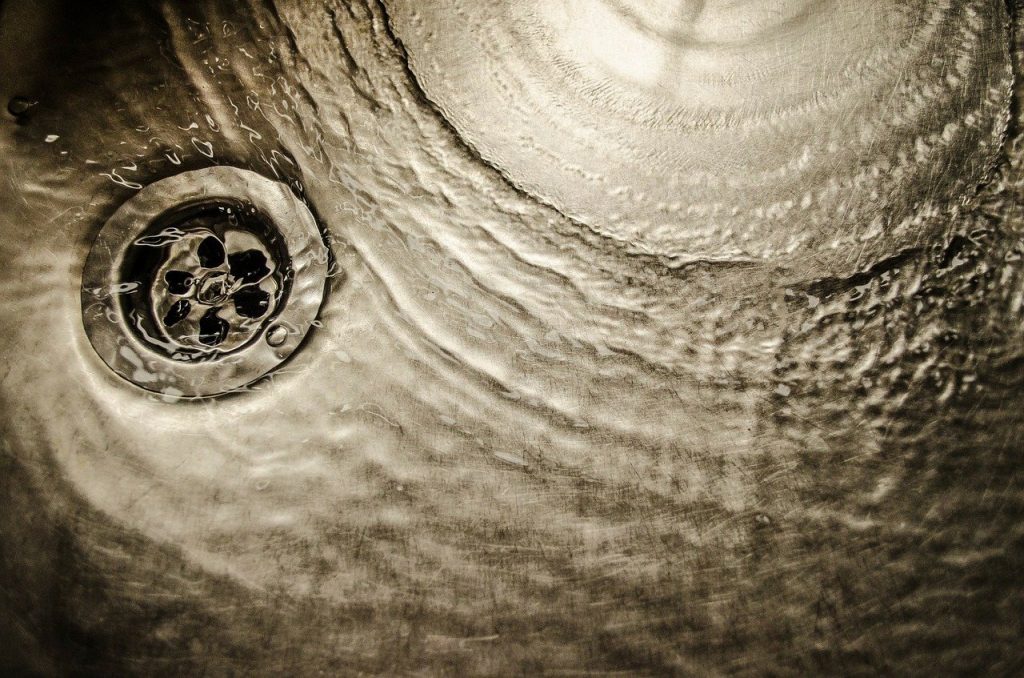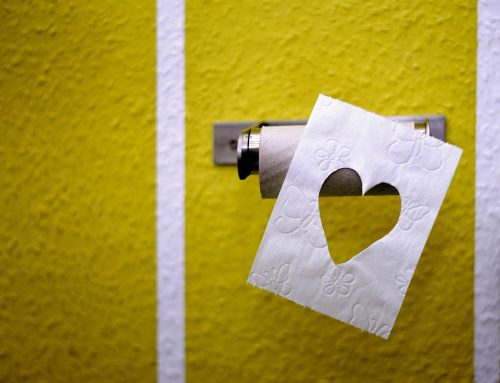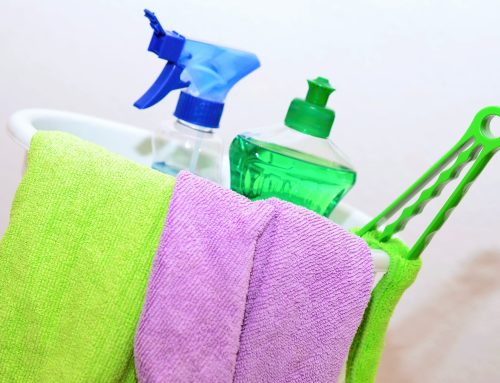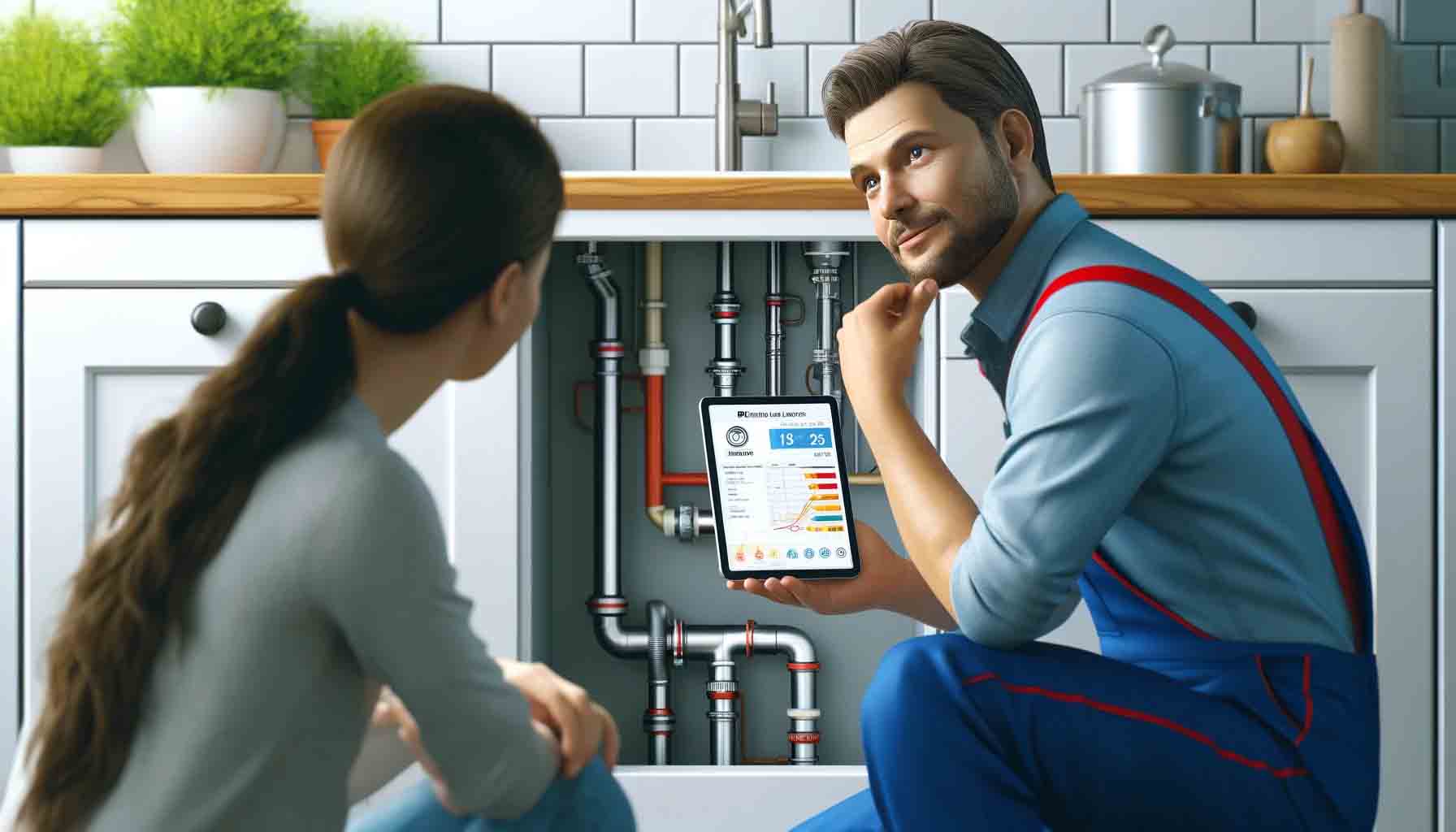Mai cikkünkben a zsírfogó funkciójáról, fajtáiról lesz szó, valamint arról, hogy milyen esetekben elengedhetetlen az alkalmazásuk.
Mi az a zsírfogó és hogyan működik?
A zsírleválasztó berendezés, vagy más néven zsírfogó egy olyan speciális tartály, ami kiválasztja az áramló szennyvízből a zsírt, az olajat és az iszapot. Míg a víznél könnyebb fajsúlyú zsírok és olajok a víz felszínén maradnak, addig a szilárd iszap anyagok és nehezebb zsírok leülepednek.
Mikor szükséges használni?
Abban az esetben elhagyhatatlan a zsírleválasztó berendezés beépítése, ha a cél az, hogy a kifolyó szennyvíz zsírértéke megfeleljen az előírásoknak. Különböző törvények előírják azt, hogy a közcsatornába miből milyen mennyiség folyhat bele, ezért olyan létesítményeknél, ahol nagy zsírtartalmú szennyvíz keletkezik nap, mint nap (például egy konyhán, vagy bármilyen élelmiszer feldolgozó létesítménynél), ott előírás a zsírleválasztó beépítése.
Fajtái
A zsírfogó berendezéseknek is vannak fajtái. Anyaguk szerint megkülönböztethetünk vasból, műanyagból, sőt betonból készült zsírfogót is. Méretük is különböző, ezt a rajtuk átfolyó szennyvízmennyiség határozza meg. A zsírleválasztó készülék szükség szerint kiegészíthető például savsemlegesítőkkel, vagy keményítőfogó medencékkel. A zsírleválasztók telepítésük helye szerint lehetnek sink alatti, beltéri süllyesztett, beltéri álló valamint kültéri zsírfogók is. A működési elvük szerint megkülönböztethetünk automata és manuális típusú zsírleválasztót.

Zsírfogó berendezés üzembe helyezése
Az első lépés a telepítés előtt, hogy teljesen megtisztítsuk a készüléket a földtől, egyéb anyagmaradványoktól és ragasztótól. Második lépésben fel kell töltenünk tiszta vízzel az iszapfogót és a leválasztót is, és alaposan át kell nézni, főleg a tömítéseknél, hogy nem szivárog-e sehol a víz a zsírleválasztóból. A későbbiekben csak olyan fajta szennyvizet szabad a zsírfogóba vezetni, ami a működését nem fogja gátolni, vagy meghibásodását okozni. Abban az esetben, ha nem megfelelő szennyvíz kerül bele, blockage alakulhat ki. Használata előtt azt is fontos észben tartani, hogy a zsírfogó első bekötésnél a leghatékonyabb, amint zsír, vagy más maradványok kerülnek bele, teljesítménye folyamatosan csökken. Az is fontos, hogy megfelelő méretű zsírfogó kerüljön beépítésre, mert, ha kisebb kerül be, sokszor kell cserélni és tisztítani. A megfelelő berendezés kiválasztásában kérje vízgépészeti specialist segítségét!
Ezek lettek volna a zsírfogóval kapcsolatos tanácsaink, amennyiben kérdés merült fel Önben a témával, vagy a dugulással kapcsolatban, vagy szeretné szolgáltatásaimat igénybe venni, hívjon bátran a +3670/744-4444-es telefonszámon, akár ünnepnapokon is, az év minden napján, keressen a [email protected] e-mail címen, vagy a Facebook-on, ahol naprakész információkat tudhat meg a vállalkozásommal kapcsolatban!












